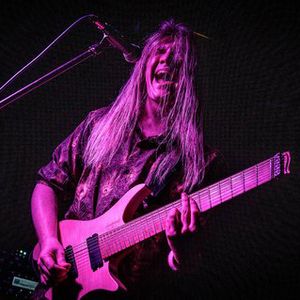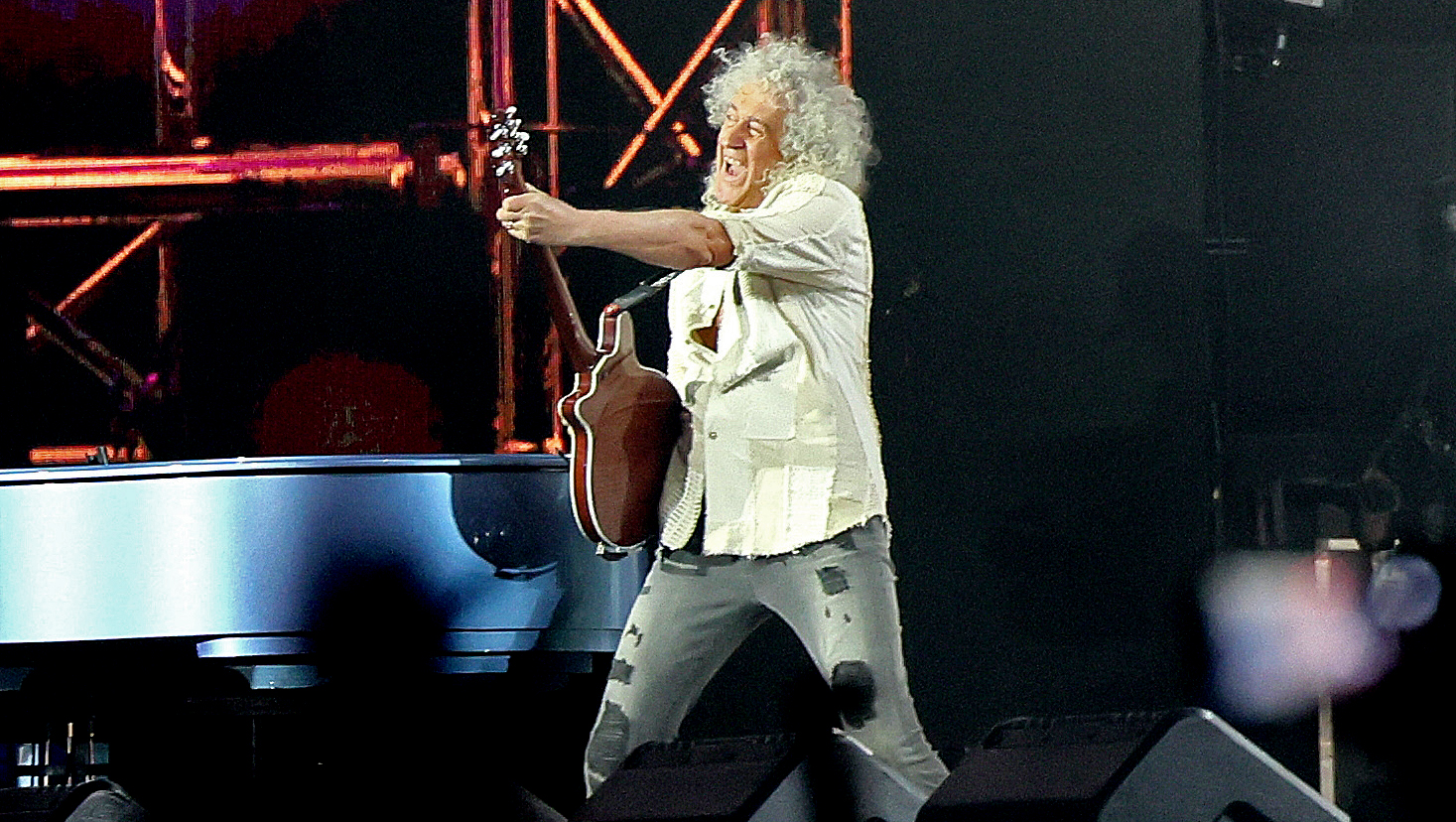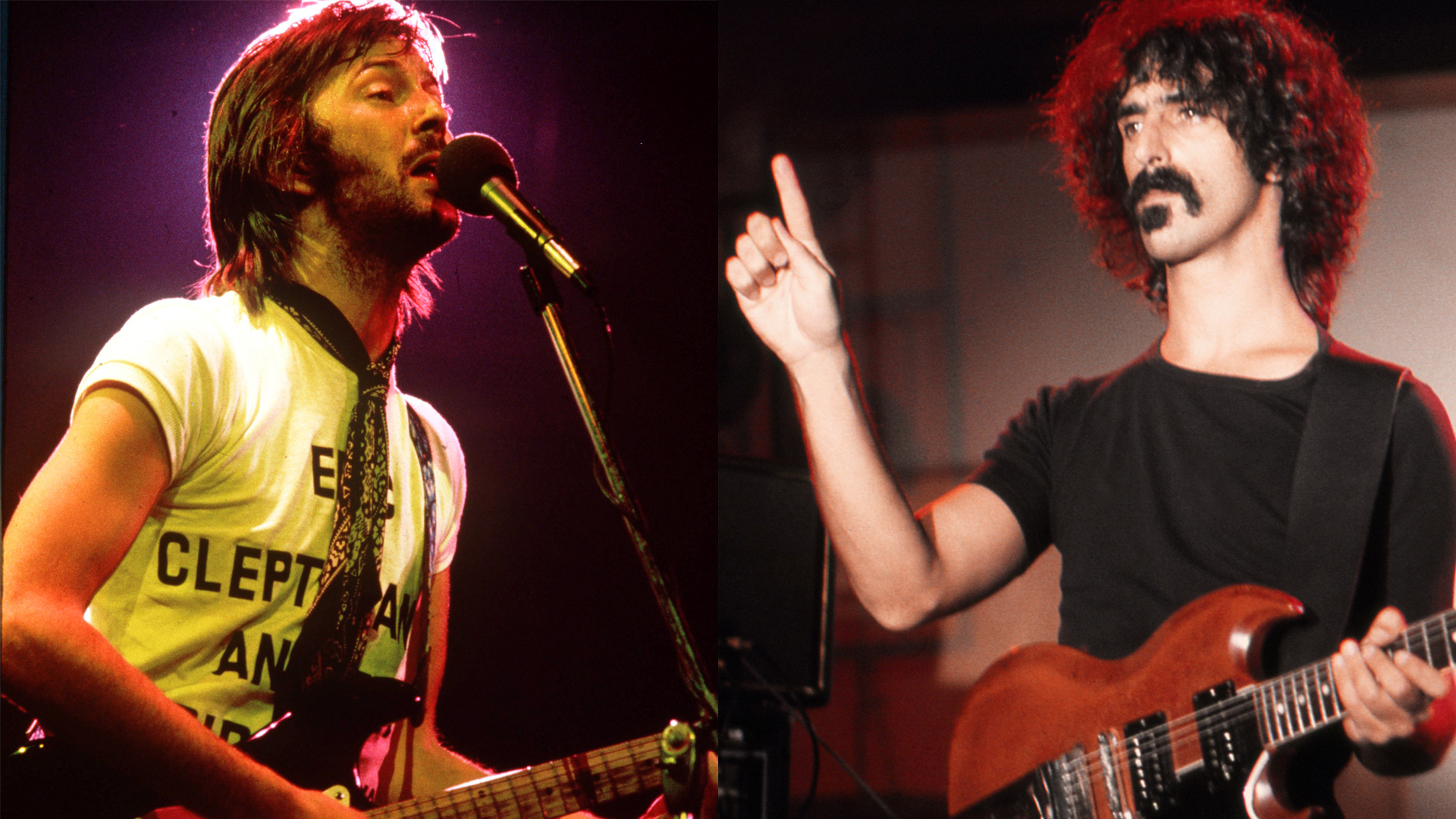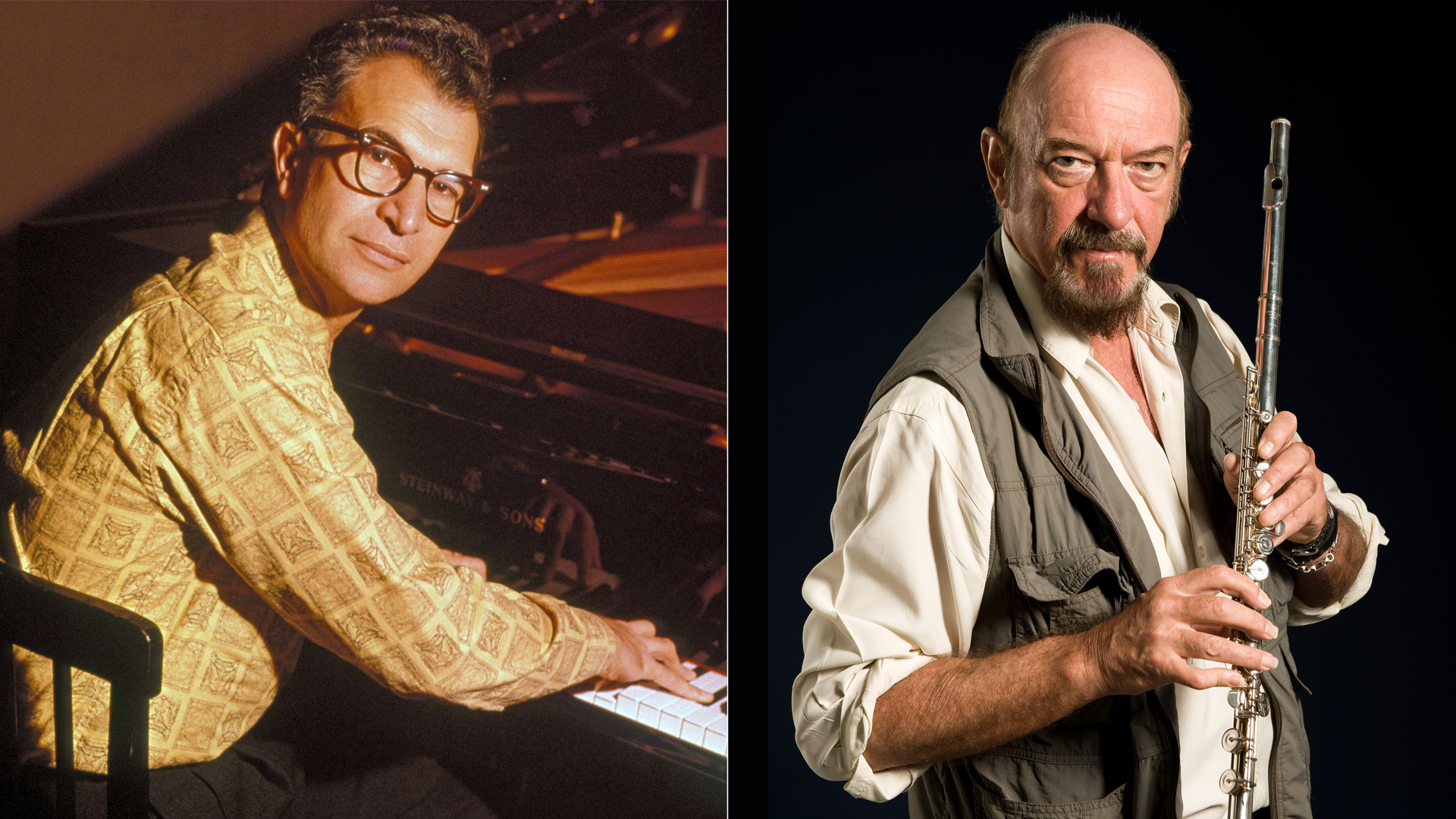“I remember saying to Billy that it can't just be notes – we need something that’s got a sonic blast”: Why Billy Idol guitarist Steve Stevens used toy ray guns to create Rebel Yell’s “space-age gunfight” guitar solo
In a recent interview with GP, Idol’s guitarist and co-writer discussed how a love for Tommy Bolin’s Quadrant 4 solo left its mark on one of their biggest hits

Steve Stevens says he used toy ray guns to make Rebel Yell’s iconic solo “more than just notes” and execute the “space-age gunfighter solo” he had in his mind.
The inspiration came from the “sonic blast” of Tommy Bolins’s Quadrant 4 guitar solo, leading the guitarist down one of the more obscure tonal rabbit holes.
There will always be talk of the best ways to get certain sounds out of guitars, and sneaky production techniques to add to the punch or charm of a mix, but toy guns aren’t exactly on everyone’s pedalboards and shopping lists.
The explanation is featured in the latest issue of Guitar Player, in which Stevens regales the stories behind every track on Idol's Rebel Yell album.
Billy Idol was an early darling of MTV, with the then-newly-launched channel helping make his snarling 1982 track White Wedding a global hit. It laid the foundation for Idol and Steve Stevens to repeat that success with their second album together, this time with Stevens far more involved.
He once told Guitar Player, “We threw everything, including the kitchen sink, into Rebel Yell” – including juvenile weapons, it turns out.
“There are definitely similarities between that and White Wedding – same key, similar structure,” he says of the track’s roots in the new issue of GP. “I remember Billy went to a birthday party with Ronnie Wood of the Stones, and he always tells me that they were drinking Rebel Yell, the Kentucky bourbon.
Get The Pick Newsletter
All the latest guitar news, interviews, lessons, reviews, deals and more, direct to your inbox!
“We had some music and we were just mucking around and he came out with a legal notepad and said, ‘I think I’ve got the song, and I’ve got lyrics for it,’ and then it grew from there.”
The pair’s songwriting partnership bore much of its fruit as a result of Stevens's riffs and Idol’s lyrics and melodies being intertwined early in their process, as opposed to a more segmented approach.
“A lot of the Billy Idol stuff usually traveled along on parallel lines when we’d write it, music and lyrics. It was very rare that we’d just come up with something musically and try to fit lyrics to it,” Stevens details.
“It was always, ‘This is the concept, this is the song,’ and the music has to fit the message and the flavor of the song.”
Rebel Yell was no exception to that symbiotic process. The toy guns ultimately surfaced as a way to encapsulate Tommy Bolin’s Echoplex magic on Billy Cobham’s Quadrant 4 [from 1973’s Spectrum] without cutting too close to the bone.
“I remember saying to Billy and Keith [Forsey, producer] that it can’t just be notes,” the guitarist recalls. “I was adamant about that. It’s gotta explode.
“I brought in the Billy Cobham album and played them Quadrant 4, which was Tommy Bolin’s solo where he used the Echoplex, and I said, ‘We need something that’s got a sonic blast like that.’
“I didn’t want to copy it, but I eventually stumbled upon the idea of using toy ray guns and putting them up to the pickups of my guitar and manipulating it with a Lexicon delay. So conceptually it was this space-age gunfighter solo.”
Head to Magazines Direct to pick up the latest issue of Guitar Player, which includes the full interview with Stevens, and extensive interviews with Al Di Meola, Mike Campbell, Stephane Wrembel, and more.
A freelance writer with a penchant for music that gets weird, Phil is a regular contributor to Prog, Guitar World, and Total Guitar magazines and is especially keen on shining a light on unknown artists. Outside of the journalism realm, you can find him writing angular riffs in progressive metal band, Prognosis, in which he slings an 8-string Strandberg Boden Original, churning that low string through a variety of tunings. He's also a published author and is currently penning his debut novel which chucks fantasy, mythology and humanity into a great big melting pot.
“Make sure I’m dead.” Eddie Van Halen’s former wife Valerie Bertinelli hopes a Van Halen biopic never happens. Alex Van Halen has other plans
“That's enough to make anybody who writes songs want to retire." Mark Knopfler on his difficult collaboration with his childhood hero, Bob Dylan












